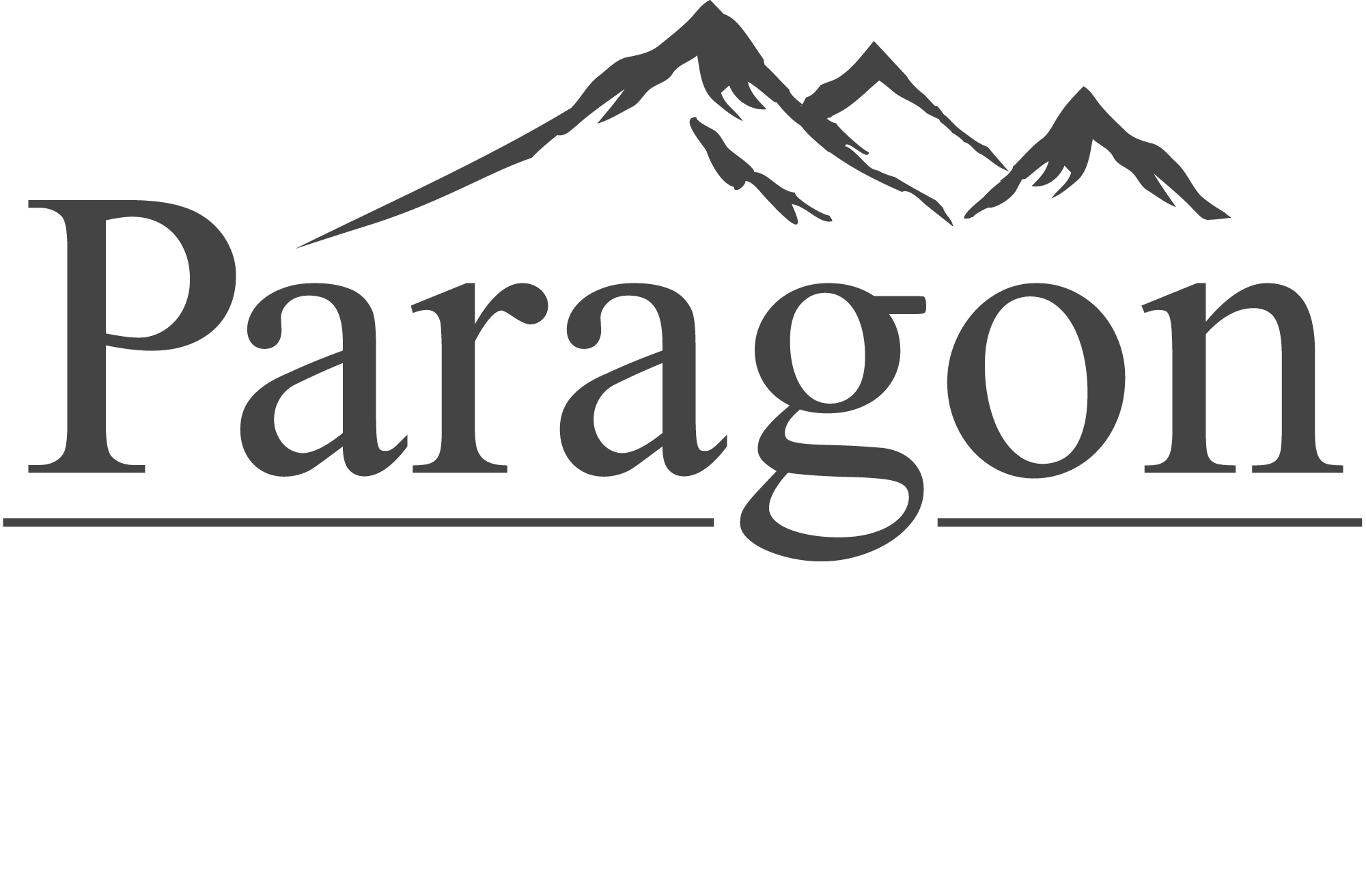Paragon understands the extra effort required to ensure digital components operate dependably, reliably, and securely in safety applications. To adequately address this extra effort and flexibly handle various safety contexts, Paragon thinks about this as two separate phases. The first phase is evaluating design adequacy and the second phase is determining item acceptability.

Design Adequacy
The design adequacy phase involves determining the level of rigor that the original manufacturer applied to the design process. The level of rigor is evaluated in areas such as definition and documentation of requirements, inclusion of self-diagnostics features, inclusion of security features, use of defined lifecycle phases, use of a secure development environment, verification and validation (V&V), failure analysis, defense against random failures, and environmental qualification. These evaluations can be directed to meet guidance or requirements from EPRI 1011710, IEEE 7-4.3.2, IEC 61508, and/or IEC 62671.
Item Acceptance
After the final design has been established and controlled, the item acceptability phase ensures that the item manufactured and supplied is in compliance with that controlled design. The configuration management controls, manufacturing processes, and the physical items themselves are evaluated in accordance with critical characteristics and specific acceptance criteria. These evaluations can be directed to meet guidance or requirements from EPRI TR-106439, EPRI 3002002982 (Revision of EPRI NP-5652 and TR-102260), ASME NQA-1, or various others depending on specific regulatory structures.
Examples:
- Honeywell Actuator
- MOOG Servo Drive
- MII 535 Single Loop Controller
- MII SIY Signal Isolator/Converter
- Siemens 353 Process Controller (now obsolete)
- Honeywell V4 and X Series Recorders (now obsolete)
